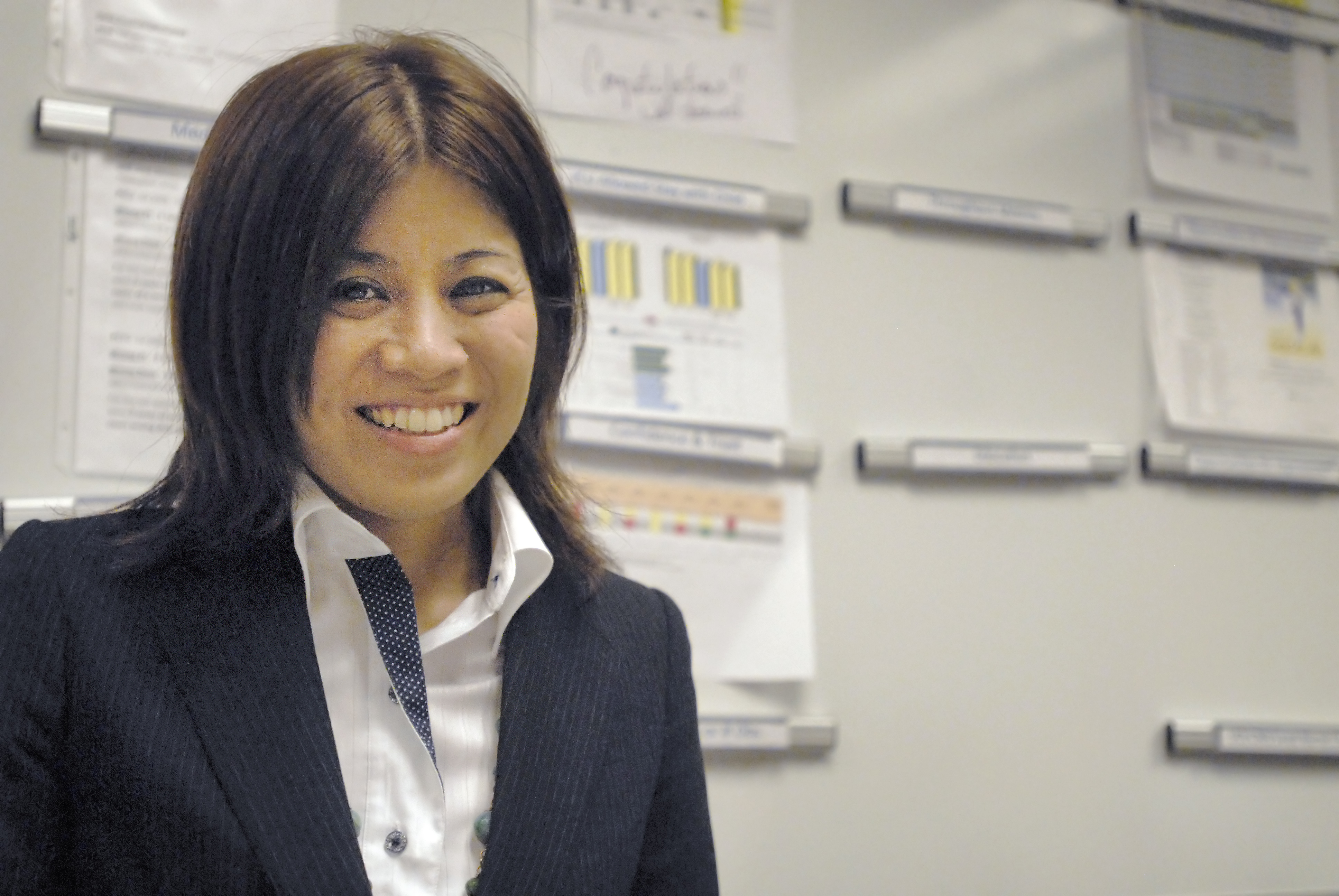Clarification: Kozue Shimabukuro later clarified that her colleague, who was part of a first responding team, witnessed most of the crowded hospitals and that it was not a first hand account.
The six-year-old boy could not stop gushing to Kozue Shimabukuro over his new backpack, the kind all children in Japan receive as a present for entering the first grade.
Nothing would have seemed wrong if Shimabukuro had not been a pediatric critical care physician. To her, the boy was the face of an entire population neglected by the disaster relief effort in Japan.
The boy’s mother was killed in the March 11 earthquake and tsunami disaster. That was the person the boy wanted to show the backpack to, Shimabukuro said.
His father emerged from the office behind him, looking “beaten inside and out,” Shimabukuro said. He had told his son that school would be re-opening soon. But the building was burned and flooded in the disaster and was still not remotely close to housing children.
Even worse, the boy’s over-friendliness to Shimabukuro, a complete stranger, was an indicator of post-traumatic stress disorder in children.
In a talk delivered Tuesday in the UCLA Gonda building, Shimabukuro further stressed the need for increased attention to the children of Japan. The physician, whom colleagues described as a sensitive, energetic person, was part of the first wave of pediatric response in Japan after the earthquake hit.
She quickly found that the main emergency response teams were not equipped to treat children requiring different CPR procedures and drugs than adults.
Entering the disaster zone was like driving into hell. Nearly every hospital Shimabukuro or her colleague entered had lined up hundreds of hospital beds, and the noise and clamor were deafening. Doctors were working week-long shifts without sleep.
And young ones were noticeably absent. Shimabukuro still does not know how many children slipped under the radar, and the government has not reported deaths by age group. Doctors said they froze at young patients.
That issue is consistent in disaster response efforts, said Myke Federman, assistant clinical professor of pediatric critical care and Shimabukuro’s supervisor at Mattel Children’s Hospital at UCLA.
“Children are always second,” she said.
The problem was not apparent to the average eye. Evacuation centers looked peaceful on the outside ““ children were playing baseball, laughing and smiling. One team of physicians even told her that her help was not needed.
But Shimabukuro, through the eyes of a pediatrician, saw clear warning signs. Post-traumatic stress disorder manifests differently in children than in adults.
Over-friendliness, as well as fear of death and separation, sleep disruption and withdrawal into silence are all markers, Shimabukuro said.
Without proper resources, medical evacuation of children was nonexistent. Shimabukuro found out later that kids had banded together in small evacuation centers, waiting for parents who would never come.
Many simply went missing. She saw posters on walls, pictures of smiling four-year-olds, descriptions of clothing and teeth without cavities.
Those scenes contrasted with her shift Monday at Mattel Children’s Hospital at UCLA. Earlier that day she had treated a child who was critically injured in an accident, the result of a neglectful parent.
Seeing that, Shimabukuro thought of parents in Japan who lost their children but would give anything for one more day.
